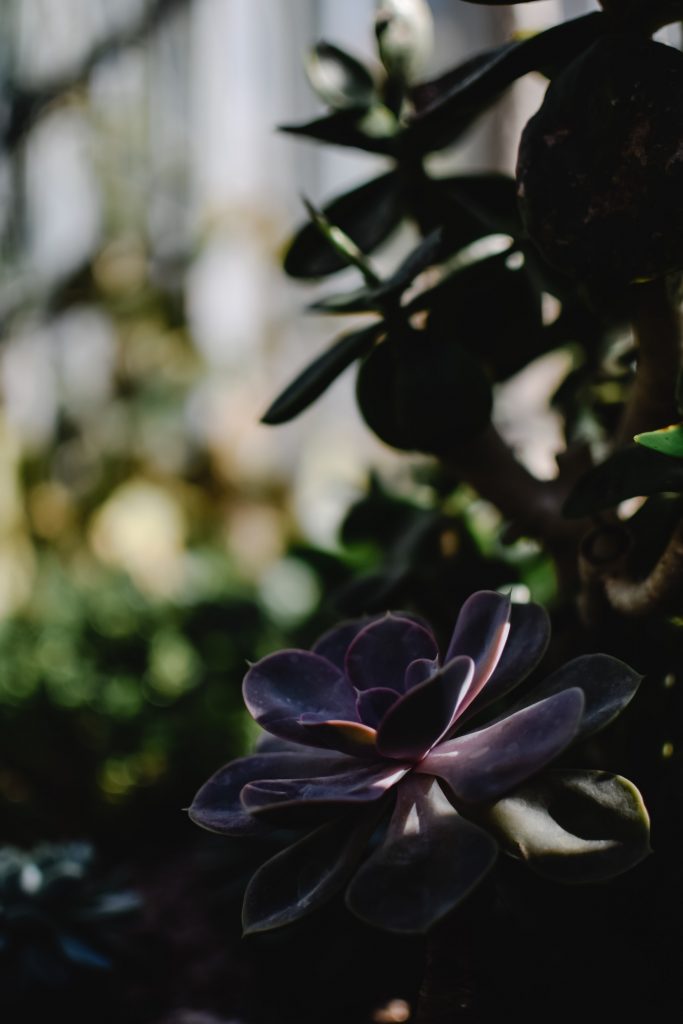Can I Grow Plants In The Shade?
Many people have a mythological belief that plants only grow in the presence of the sun. While this is true for many plants, there are just as many plants that thrive in the shade. The problem is the word shade can take on several deviations. Sometimes shade may mean a faintly lit area beneath the roof or the garage or under lofty trees or that, the shady area may be on the north side.
Further as seasons transform, one part of the landscape may receive more or less sun. Some people equate shade to the number of hours of sunshine in a day. Some people think that only morning sun is good to grow plants. All these deviations of shade must be taken into account when you want to grow plants in the shady part of your landscape.
Despite the variations in shade, the most important factor that determines success for your landscape is plant selection. Select the right plant and you can grow anything anywhere. Select the wrong plant and it will bring you disappointments; and your myth about sunshine and plants will grow.
Another requirement for successful plant growth in shaded areas is soil and good drainage. To check for drainage, simply place water on the ground and see if the water is still standing after a few hours. If the water is still there, then only select plants that thrive in water and wet soils.
One does not have to buy the best soil, or the most fertile soil. The soil grounding is the same one would use for any type of shrub, bush, flower or vegetable garden. The most important thing about soil is to enhance it with a fair amount of compost and mulch.
Extra factors of importance to be met include the following: if you are growing plants underneath a large tree in a shaded area, then you should be aware that there will always be competition for food and water. Thus, you must be prepared to supply extra water and nutrients to your soil since nutrients under shady areas are rapidly depleted by large trees.
The other thing to do is test your soil acidity, something that almost no one does. This is vital since some plants thrive in acidic conditions and others thrive in alkaline conditions. Since most woodland plants grow best in acidic conditions, test the soil and adjust it accordingly.
Other plants like azaleas, rhododendrons, and blueberries flourish when the soil pH is slightly acidic (around 6.0 to 5.5). Today, there are many types of soil testing kits available at nurseries. One does not need a course in chemistry to use these kits. All kits come with easy instructions and the pH is color-coded.
If you plant near deciduous trees, you must beware that during autumn, there will be a ton of leaves that will fall on your plant. This can damage and suffocate the plant of decent breathing air.
While a leaf mulch is valuable during the cold winter, a dense covering of dead leaves can compress and damage your plants and even lead to illness. Further persistent soaking water from overhead leaves can also affect your plant, cause soil erosion and lead to poor growth.
Decoding Hydroponics: The Top 10 Plants That Flourish in Water Environments
Welcome to the captivating and innovative realm of hydroponics, a method of growing plants without traditional soil. This revolutionary approach has garnered significant interest from both experienced gardeners and professional farmers due to its sustainable and…



